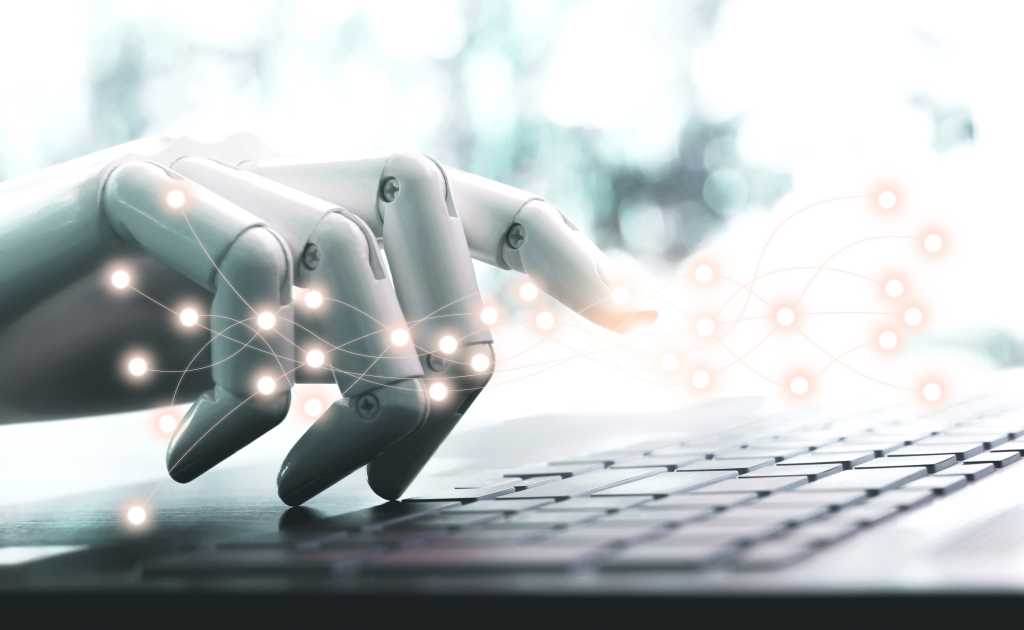In the early 20th century, the Wright brothers’ first flight barely left the ground, lasting just 12 seconds. But within a few decades, airplanes revolutionized global travel and connected the world in ways previously unimaginable. Today, a similar pattern is unfolding with artificial intelligence as it transitions from a niche innovation to a ubiquitous tool that is reshaping industries worldwide. Technical revolutions like this can be visualized and understood using a framework called the “S-curve.”
The S-curve is a graphical representation of how technology matures over time. It starts slowly, with early adopters, specialized use cases, and technocrats. As the technology proves its value, it enters a phase of rapid growth where adoption accelerates and becomes more widely integrated into various industries and applications.
However, as technology advances, becoming cheaper, faster, and more efficient, it inevitably reaches some logical limit (often defined by some practical physical limitation based on the laws of physics) and settles into a natural “top” of the S-curve. When a technology reaches its limit, progress is relatively slow, typically requiring significant increases in complexity. For example, look at efficiency gains by the internal combustion engine over the last 20 years. Over time, a new technology emerges, typically starting at a lower performance level than the original, but it results in a new S-curve that has the potential to overtake the old one.

